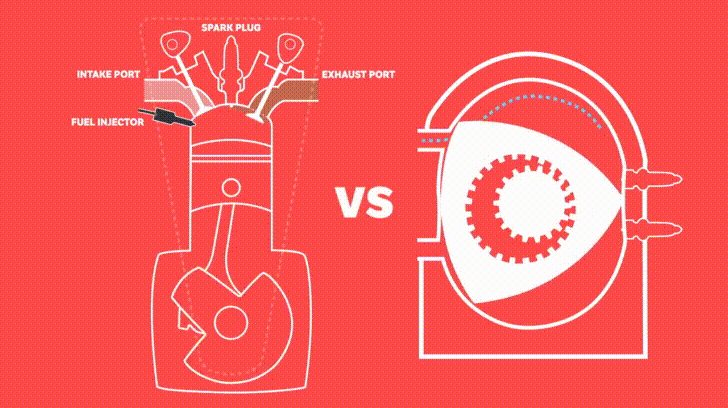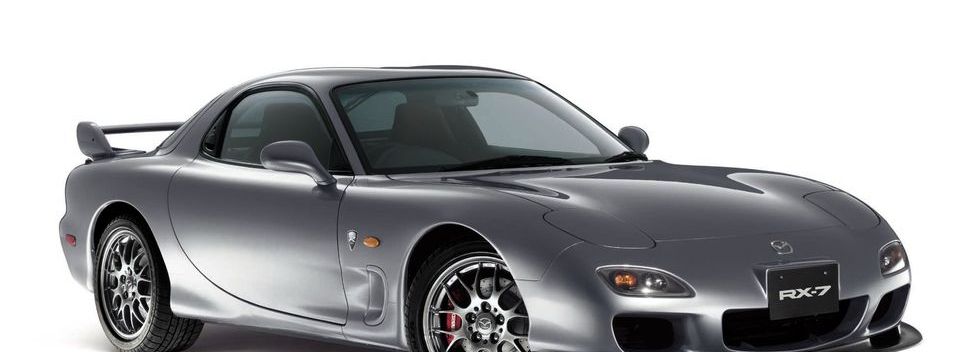The Superiority of Rotary Engines: A Revolution in Automotive Performance
Aug 1st 2023
In the world of automotive engineering, the debate between rotary and piston engines has sparked passionate discussions among enthusiasts for decades. While both engine types have their merits, there are compelling reasons to argue that rotary engines outshine their piston counterparts in several key aspects. In this blog post, we will delve into the unique features of rotary engines that make them superior to piston engines, ultimately positioning them as a revolutionary force in automotive performance.

1. High-Revving Performance
One of the most significant advantages of rotary engines is their ability to achieve astonishingly high RPMs. Unlike piston engines, which have limitations due to reciprocating components, rotary engines have a continuous rotational motion, allowing them to reach impressively high engine speeds effortlessly. This characteristic translates to a thrilling and exhilarating driving experience, perfect for enthusiasts seeking the adrenaline rush of a sports car.
2. Compact and Lightweight Design
Rotary engines have a remarkably simple and compact design, featuring fewer moving parts compared to piston engines. The absence of reciprocating pistons results in a lighter engine, contributing to a favorable power-to-weight ratio. This lightweight design enhances the agility and handling of vehicles equipped with rotary engines, making them agile and responsive on the road or track.
3. Smooth and Vibration-Free Operation
The unique rotary design inherently produces less vibration and lower harmonics compared to piston engines. The smooth rotation of the triangular rotor ensures a refined and balanced power delivery, contributing to a quieter and more comfortable driving experience. Reduced noise, vibration, and harshness levels make rotary engines ideal for long journeys and a delight for drivers and passengers alike.
4. Power Density and High Output
Despite their smaller displacement, rotary engines are known for their impressive power output. The rotary design allows for a more compact combustion chamber, resulting in a higher compression ratio and power density. This advantage translates to outstanding horsepower and torque figures, enabling rotary-powered vehicles to perform on par with or even surpass some piston-powered sports cars.
5. Fewer Moving Parts and Simplified Maintenance
The simplicity of rotary engines, with fewer moving parts, makes them inherently easier to maintain and repair. Without the complexity of piston-driven components, rotary engines reduce the risk of mechanical failures and facilitate straightforward maintenance routines. This advantage not only reduces maintenance costs but also enhances the reliability and longevity of the engine.
6. Unique Engine Sound
The engine note produced by a rotary engine is unmistakable and captivating. The smooth revving and distinct sound set rotary-powered vehicles apart from the crowd, creating an aura of excitement and enthusiasm among automotive enthusiasts.

In conclusion, the rotary engine stands as a testament to automotive ingenuity, delivering a host of advantages that position it as a superior alternative to the traditional piston engine. The high-revving performance, compact design, smooth operation, impressive power output, and distinctive engine sound make rotary engines an unparalleled choice for those seeking a thrilling and enjoyable driving experience.
While piston engines continue to dominate the automotive landscape, it's essential to recognize the unique strengths of rotary engines. Their lightweight design, high RPM capabilities, and simplified maintenance are a testament to the spirit of innovation that has propelled Mazda's rotary engines into the hearts of automotive enthusiasts worldwide.
As technology continues to advance, the legacy of rotary engines lives on through Mazda's commitment to pushing the boundaries of automotive engineering. With the potential for future advancements in efficiency and emissions, rotary engines may yet reclaim their position as a dominant force in automotive performance, embracing a new era of rotary-powered excellence.
